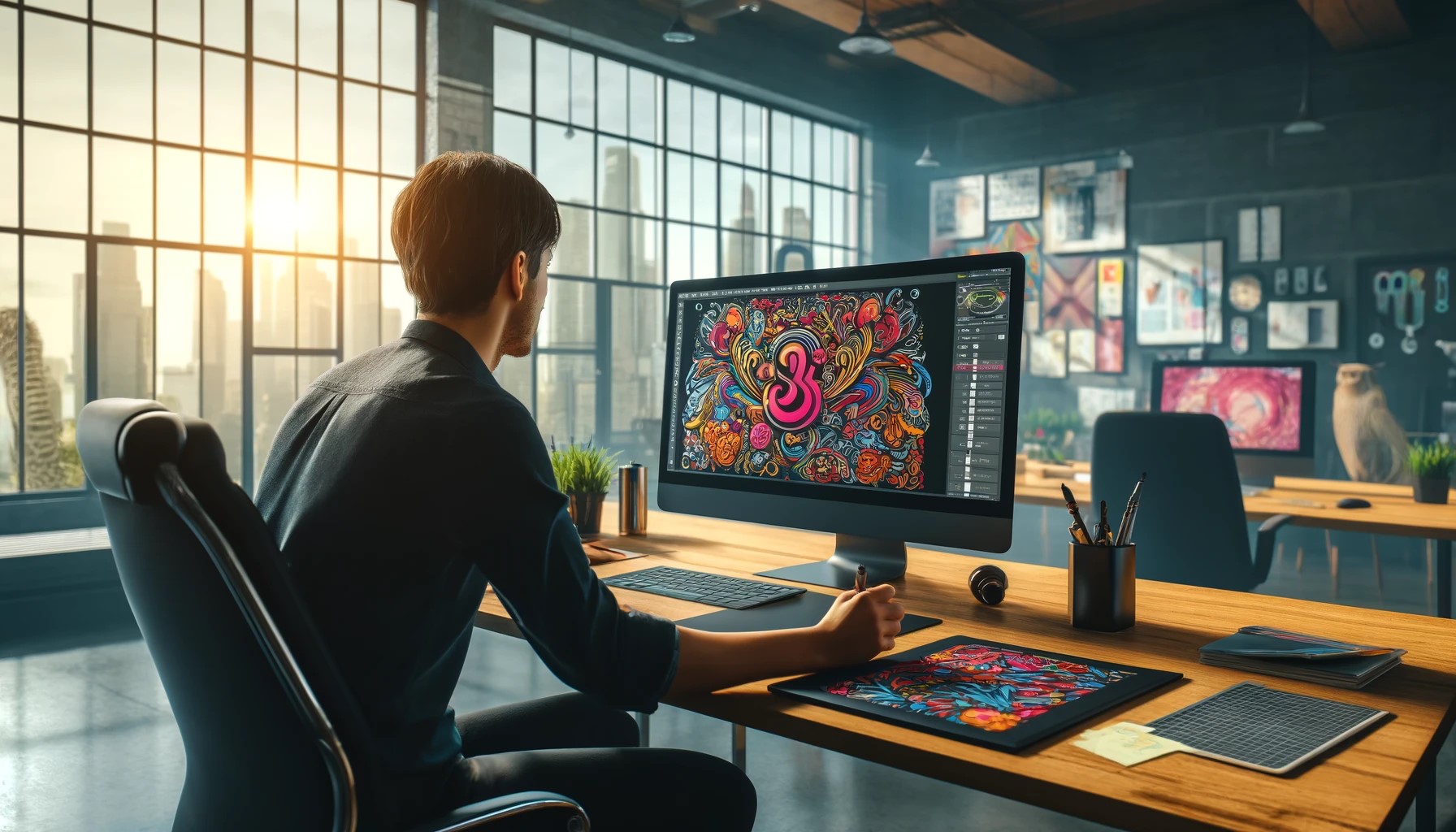Navigating SVG Standards and Accessibility Updates
By Charlie
Published April 5, 2024
 Navigating SVG Standards and Accessibility Updates
Navigating SVG Standards and Accessibility Updates
Scalable Vector Graphics (SVG) have become a cornerstone in crafting high-quality, scalable, and interactive web experiences. As the web pushes forward, aligning SVG usage with the latest standards and accessibility guidelines is not just beneficial; it's imperative for a universally inclusive web experience. This article aims to distill the essence of current SVG standards and highlight critical updates in accessibility to guide web developers and designers through optimizing their SVG implementations.
SVG and Its Role in Modern Web Development
SVG offers unmatched scalability and flexibility, making it an ideal choice for responsive design. Its textual nature allows for deep accessibility enhancements and optimization opportunities, ensuring content is consumable by a broader audience, including those relying on assistive technologies.
Adherence to Standards for Enhanced Performance
Compliance with the latest W3C SVG Standards ensures your SVGs are optimized for speed, efficiency, and compatibility across devices and browsers. Key considerations include:
- Semantic Structuring: Organizing SVG elements meaningfully enhances both accessibility and search engine indexing.
- Efficient Code: Minimizing extraneous elements and attributes in SVG files reduces file size and load times, boosting overall performance.
Accessibility: Beyond Basic Implementation
Integrating ARIA (Accessible Rich Internet Applications) attributes and focusing on keyboard navigability are pivotal in making SVGs accessible. Recent updates have emphasized:
- Descriptive Titles and Descriptions: Utilizing <title> and <desc> tags within SVGs provides context for assistive technologies, improving content comprehension.
- Focusable Elements: Ensuring interactive SVG elements are focusable and reachable via keyboard inputs is crucial for users with mobility impairments.
- Role Attribution: Assigning appropriate ARIA roles to SVG elements clarifies their function, aiding in their interpretation by screen readers.
Emerging Trends in SVG Accessibility
The evolution of web standards brings to light novel approaches and technologies aimed at enhancing SVG accessibility:
- Improved Text Alternatives: The development of more sophisticated text alternative techniques allows for richer descriptions of complex SVG content, bridging the gap for users who depend on screen readers.
- Enhanced Interaction Models: Advances in ARIA and HTML5 provide more robust frameworks for creating interactive SVGs that are both engaging and accessible.
- Automatic Accessibility Features: Tools and libraries are emerging that assist in automatically adding necessary attributes and roles to SVG elements, simplifying the process of making SVGs accessible.
Exploring the latest SVG trends and future directions is key to understanding how SVG will continue to evolve within web development and accessibility landscapes. As these trends develop, they inform the creation of more sophisticated, accessible web graphics and interactive designs.
Practical Tips for Optimizing SVG Accessibility
Implementing SVGs with accessibility in mind requires thoughtful consideration. Here are actionable tips to elevate your SVGs:
- Use Semantic Elements: Whenever possible, opt for semantic SVG elements over generic ones. This practice aids in conveying the correct context to assistive technologies.
- Implement Keyboard Controls: For interactive SVGs, ensure all interactive elements are navigable using keyboard controls.
- Provide Contextual Information: Utilize <title>, <desc>, and ARIA attributes to furnish SVGs with contextual details essential for understanding by all users.
- Test with Screen Readers: Regular testing with various screen readers can uncover issues not evident through code inspection alone.
Tools and Resources for SVG Optimization
Leveraging tools can streamline the process of optimizing SVGs for performance and accessibility. Key resources include:
- SVG Optimizers: Tools like SVGO can dramatically reduce file size without compromising quality.
- Accessibility Checkers: Automated accessibility testing tools can identify issues within SVGs that may hinder accessibility.
- Documentation and Guides: The W3C and A11Y Project offer extensive documentation on best practices for accessible SVG implementation.
Staying updated with emerging SVG tools is essential for optimizing both the performance and accessibility of SVGs. These tools are designed to simplify the implementation of best practices, ensuring SVGs are both efficient and accessible to a diverse audience.
Future Directions in SVG Accessibility
As web standards continue to evolve, so too will the approaches to SVG accessibility. Anticipated advancements include more integrated accessibility features in design and development tools, making it easier to produce accessible SVG content from the outset. Additionally, increased emphasis on user testing and feedback will further refine accessibility standards, ensuring SVG content is truly inclusive.
The SVG future in web graphics looks promising, with advancements poised to redefine how graphics are integrated into web environments. This future is characterized by greater accessibility, interactivity, and efficiency, signaling a shift towards more dynamic and inclusive web experiences.
Conclusion
Optimizing SVG for modern standards and accessibility is not merely a technical necessity but a moral imperative in creating an inclusive digital environment. By adhering to current guidelines and embracing future updates, developers and designers can ensure their SVG content is not only visually appealing but accessible to all users, regardless of their physical abilities or technological barriers. As the web evolves, the commitment to accessible and standards-compliant SVG usage will play a pivotal role in shaping a more inclusive digital future.
As we consider predictions for SVG technology, it's clear that its role in web development is only set to expand. Innovations in SVG accessibility and optimization will continue to push the boundaries of what's possible, making SVG an even more integral part of the web's fabric.